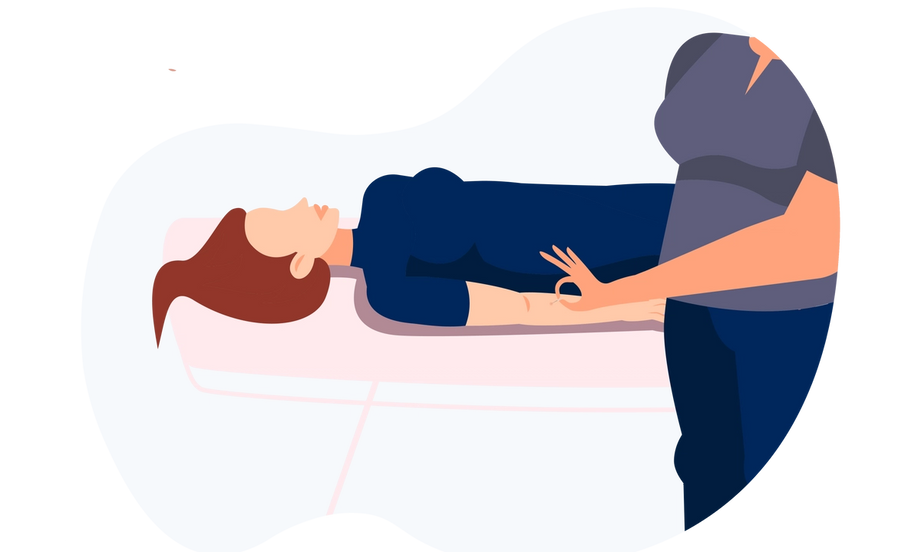At The Center for Total Back we use dry needling for treatment of pain relief but the question often comes up, what is the difference between dry needling and acupuncture? At first glance they both can appear to be very similar each of them use a small needle which is then inserted into the skin. However they do differ in their treatment philosophy. Acupuncture is used to release one’s chi (energy) and is believed to treat a multitude of illnesses including allergies, stress, pain, and more. Dry needling is much more focused on targeting trigger points to relieve muscle stiffness, release trigger points, and increase blood flow. At our clinic we use dry needling with other treatment methods to provide long term pain relief.
History
Acupuncture has been around for 1000’s years and was developed as a method of treatment in China. After its inception it quickly became a standard treatment in China being used in conjunction with herbs, massage, diet and moxibustion (heat). Acupuncture was even outlawed for a short period in the 19th century and was later reinstated which is where it began to gain popularity in the western world. Acupuncture is performed by inserting many different hair thin needles where a sensation of pressure or ache is felt.
Dry Needling has a more modern origin. Initially, it started being used as a treatment in the 1940’s by Dr. Janet Travel. It is now on its fourth generation of development as a treatment method and is used mainly by physical therapists and sports therapists to provide pain relief. When performing dry needling therapy a thin, closed microfilament needle is inserted into a trigger point. Dry needling is used as a treatment intervention after evaluation of pain patterns, posture, movement impairments, function and orthopedic tests are performed.
Is Dry Needling Effective?
Dry needling is non-painful and very effective at relieving tension and pain. This is why we use it as a treatment method to compliment the tailored treatment programs our patients are given. Trigger point dry needling has been shown to be very successful in treating musculoskeletal pain. In a study done out of 241 patients with myofascial or spinal pain treated with dry needling 86.8% had the needle effect. The “Needle Effect being “…immediate complete analgesia of the pain spot, without hypesthesia”. Meaning not only does dry needling help to release tension but can provide immediate relief at the spot of pain.
If you are suffering from pain and are wondering if dry needling can help, don’t hesitate to call or schedule a free consultation today!
